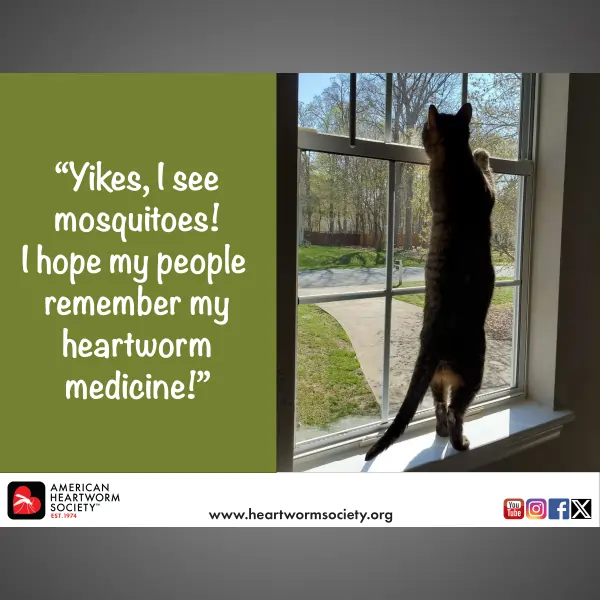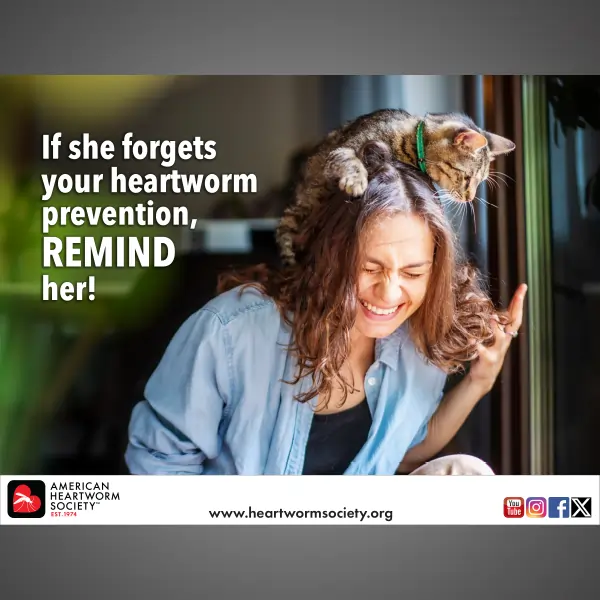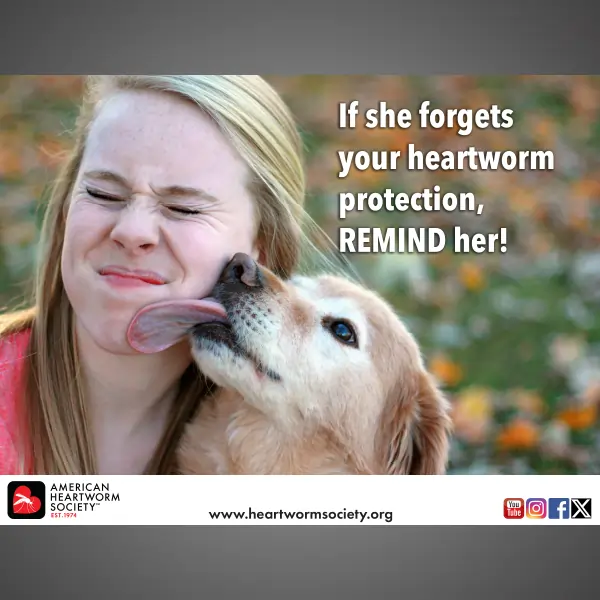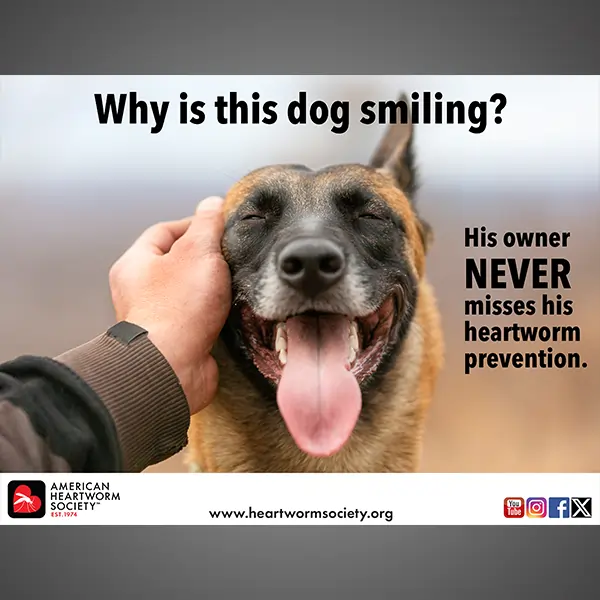Chris Duke, DVM
Bienville Animal Medical Center, Ocean Springs, Mississippi
Dear AHS,
I have a client whose 6-year-old Golden Retriever was diagnosed with heartworms late last year. At that time, the dog was given preventive and started on doxycycline.However, the owner was in the midst of a job change and failed to bring the dog back for adulticide administration. While she is now willing to resume treatment, my question is, do I need to re-start the doxycycline—or can I move on to melarsomine? -Dr. M.
THE SHORT ANSWER
If the time span between giving doxycycline and starting melarsomine has been 12 months or less, you can proceed with adulticide treatment.
A. Interruptions in heartworm treatment are never ideal, as delays can allow heartworm infection to progress. Nevertheless, they are a fact of practice life. At this point, your priority is to restart treatment as soon as possible. The combination of a monthly preventive and 4 weeks of doxycycline treatment should ensure that your patient has—at the very least—not served as a reservoir of heartworm infection to other pets. It’s also vital that the patient stay on heartworm prevention, even if adulticide treatment is delayed.
Here are 3 points to consider when addressing lapses in heartworm treatment:
- How long was the lapse? The AHS heartworm treatment protocol recommends a 30-day interval between the last doxycycline dose and initiation of melarsomine therapy. If no more than 12 months have elapsed since the doxycycline therapy, you can immediately give the first dose of melarsomine, with the second and third doses given 30 and 31 days later. If more than 12 months have gone by, the AHS recommends repeating 4 weeks of doxycycline before giving melarsomine.
- What if the patient had already received his or her first melarsomine injection before treatment was paused? If the elapsed time following the first injection was 6 months or less, it is safe to proceed with the second injection and give the third injection one day later. If the elapsed time is more than 6 months, it will be necessary to repeat the first melarsomine injection, then give the second and third injections on days 30 and 31.
- Is the owner resting the pet? Exercise restriction is essential for dogs with heartworms, because increases in heart rate and blood pressure can contribute to complications from dead and dying worms. Ideally the dog will have been kept calm and quiet since his diagnosis, and the owner will definitely need to keep doing so until 6 to 8 weeks after the last melarsomine injection.
Owner preoccupation, economic hardships such as job loss, owner illness and communication breakdown between owner and veterinarian are common reasons for lapses in heartworm treatment. By getting patients back on the treatment track as soon as possible, you can help ensure that an unintended lapse doesn’t lead to long-term complications for the patient.








